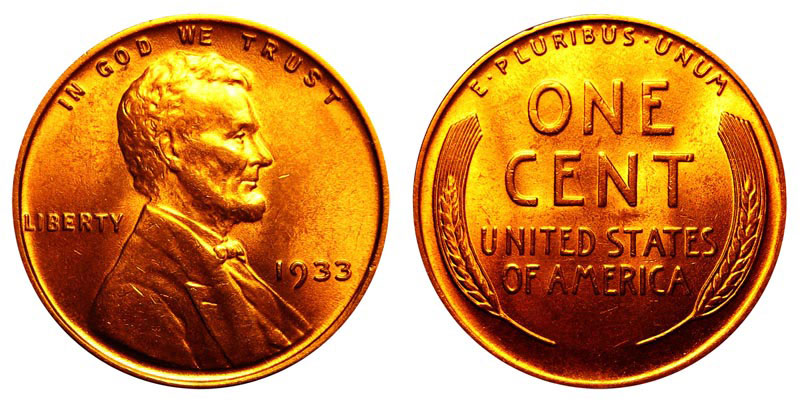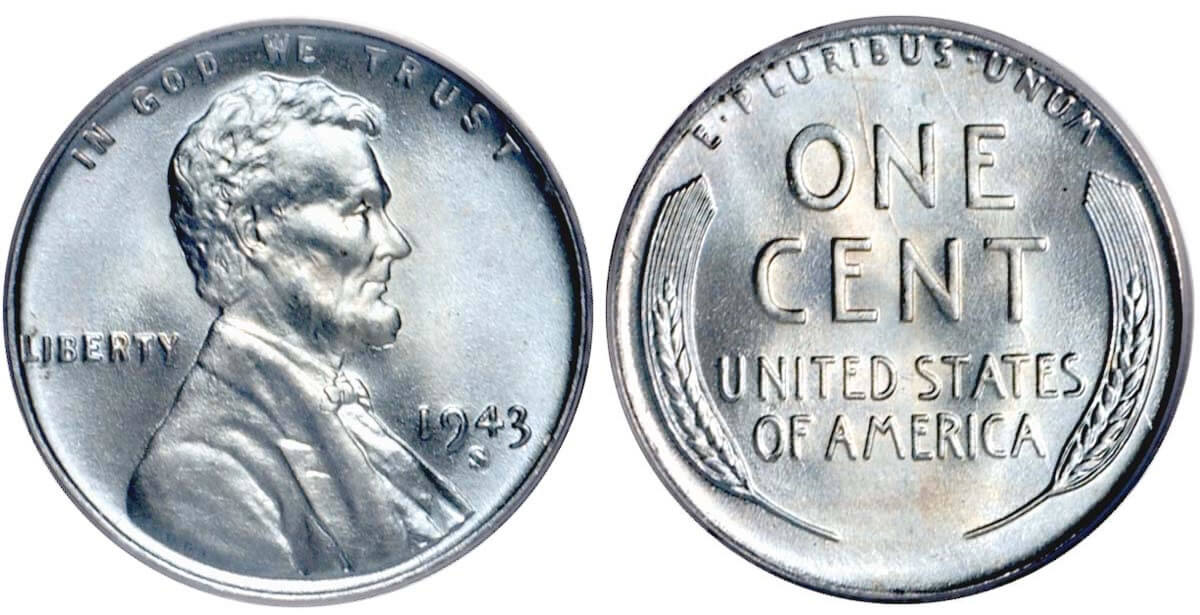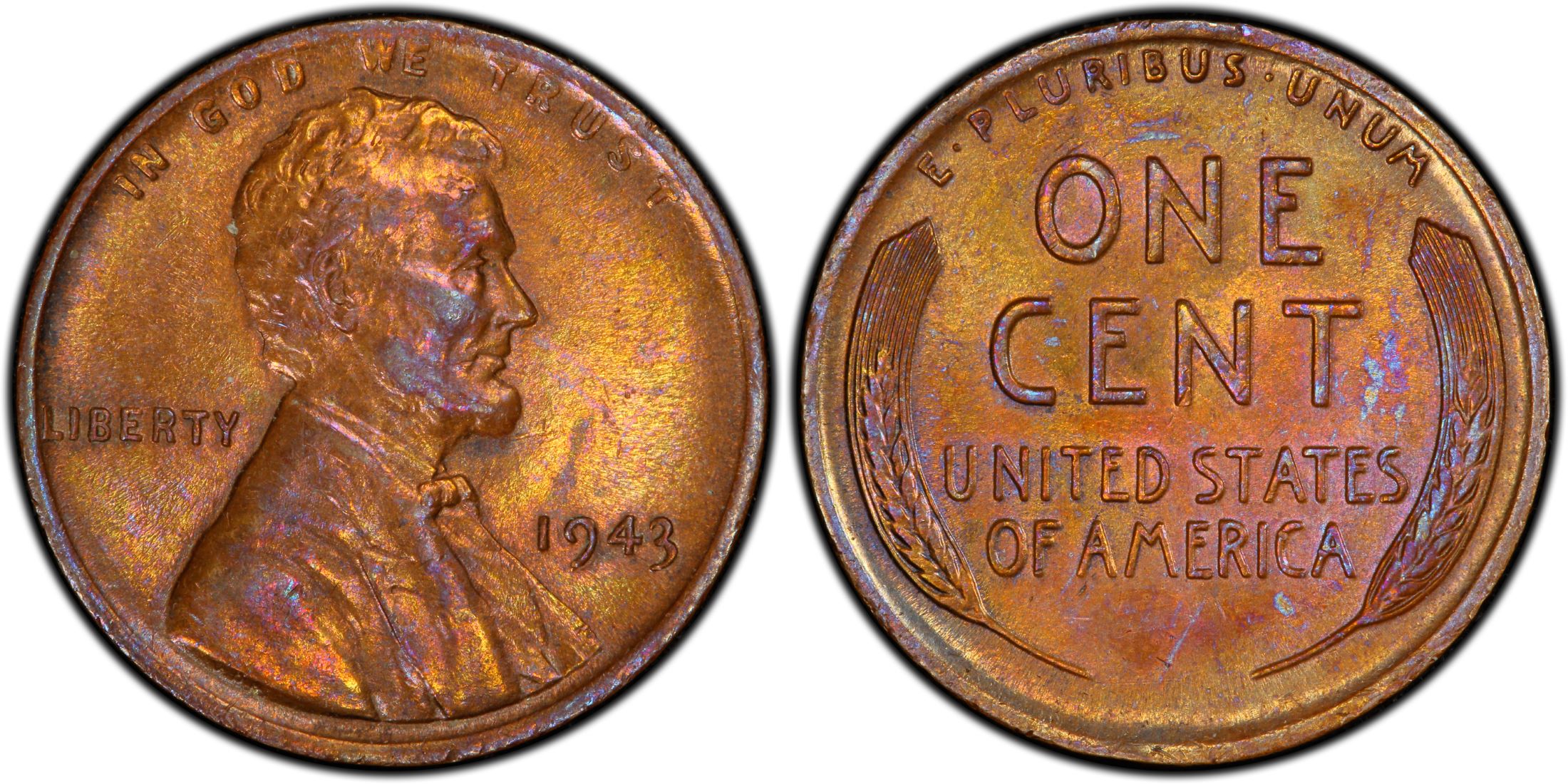Lincoln Wheat Penny (1909–1958): Values & Key Dates
Searching for Lincoln Wheat penny values can be tricky. Many of the price guides that are available online offer confusing information about what a coin might fetch based on its physical condition.
All too often, online pricing info is tailored to what a “perfect” coin might be worth. That's definitely exciting if you’ve got, say, a 1941 Lincoln cent that “could be” worth $1,000 or $5,000 in pristine condition.
But what is a well-worn example from pocket change worth in reality? That’s quite a different story. . .
View a chart of Lincoln Wheat penny prices at the bottom of this article

Lincoln Wheat cent
First, The Bad News About Wheat Penny Values . . .
If you’ve come to this page hoping that Lincoln Wheat cent you’ve pulled out of your pocket change is going to pay off your car or help put your kids through college, you might want to be sitting down. Unfortunately, the vast majority of Lincoln Wheat pennies found in circulation, inherited folder collections, or in jars of old coins are worth less than 10 cents apiece.
In fact, with the exceptions of major errors and varieties, no Lincoln wheat penny struck after 1933 is worth more than 10 cents in worn condition. Most are worth only 2 or 3 cents. Well-worn 1943 steel pennies often trade for 5 to 10 cents apiece in well-worn condition. But chances are any of the Lincoln Wheat cents you’ve found in pocket change are going to be worth only a small amount over face value.
Now, The Good News About Wheat Penny Values!
Most worn, common-date Lincoln Wheat pennies aren’t worth more than 10 cents. Yet there are many Lincoln Wheat cents that are worth much more, and by quite a bit. There are four major regular-issue key dates in the series and several valuable semi-key dates, varieties, and errors, too.
Key Date Wheat Pennies
The major Lincoln Wheat cent key dates include:
- 1909-S
- 1909-S VDB
- 1914-D
- 1931-S
Important semi-key dates are:
- 1909 VDB
- 1910-S
- 1911-S
- 1912-S
- 1913-S
- 1914-S
- 1915-S
- 1922-D
- 1924-D
- 1926-S
Then there are the “better dates” (or “better issues”)—those that may not necessarily rise to the status of being a bona fide semi-key date but are nevertheless more valuable than the common dates. These include:
- 1909
- 1911-D
- 1912
- 1912-D
- 1913-D
- 1915-D
- 1916-D
- 1916-S
- 1920-D
- 1921-S
- 1923-S
- 1925-D
- 1925-S
- 1926-D
- 1927-D
- 1927-S
- 1928-S
- 1931-D
- 1932
- 1932-D
- 1933
- 1933-D
Finally, there are the varieties and errors, which constitute some of the most valuable Lincoln Wheat pennies in the series. These are not necessarily required for completing a set of Lincoln Wheat cents, yet many collectors pursue them anyway. Here’s a glance at the most widely collected, most popular errors and varieties and what they’re worth:
- 1909-S S Over Horizontal S
- 1917 Doubled Die
- 1922 No D
- 1922 Weak D
- 1943 Bronze
- 1943-D Doubled Mintmark
- 1944 Steel
- 1955 Doubled Die

Steel Wheat cent
What Are These Wheat Pennies Worth?
The chart below provides an approximate estimate on retail values for the Lincoln cents individually listed above. It also provides values for the Wheat penny date ranges not specifically mentioned above. Value breakdowns are for coins in average circulated condition (VG8 to VF20) and average uncirculated condition (MS62–MS64).
*Values above are for problem-free coins with no signs of damage, including holes, major gouges, scratches, or cleanings.
Collecting Lincoln Wheat Cents

1943 Bronze penny
The Lincoln penny is not just one of the most widely collected issues among all United States coinage. It’s also one of the most familiar coins anywhere in the world. While the Lincoln Wheat cent is a long-obsolete coin that has been gradually disappearing from circulation over the past decades, it remains one of the first coin collectors begin searching for. Yet, even many of the most advanced collectors stick to collecting Lincoln cents throughout their lives.
A great many numismatists focus on studying and collecting Lincoln Wheat cents exclusively. This is in part because the series is so complex and lends to so many incredible finds. New discoveries are still being made among the Lincoln Wheat penny, including repunched mintmarks and other minor and major die varieties of varying significance.
Many collectors will build sets of Lincoln Wheat pennies using cardboard folders, deluxe albums, or museum-quality Lucite holders. Then there are the collectors who seek high-grade examples encapsulated by third-party coin grading firms and use these coins to build registry sets. But there is no right or wrong way to collect Lincoln pennies!
As shown above, Lincoln Wheat penny values range all over the price spectrum. The series offers something for just about everybody regardless of their income or collecting level. And, because of this, the Lincoln cent reigns to this day as one of the most versatile, beloved coin series. It rightly claims a strong following of millions of collectors in the United States and around the globe.
Joshua McMorrow-Hernandez is a journalist, editor, and blogger who has won multiple awards from the Numismatic Literary Guild. He has also authored numerous books, including works profiling the history of the United States Mint and United States coinage.
More information about U.S. coins from the author:
1943 Steel Penny Value: How Much Are They Worth Now?
Buffalo Nickel (1913–1938): Values & History
Junk Silver FAQs: Must-Know Facts About 90% Silver Coins
Susan B. Anthony Dollars: Values & Series Background
